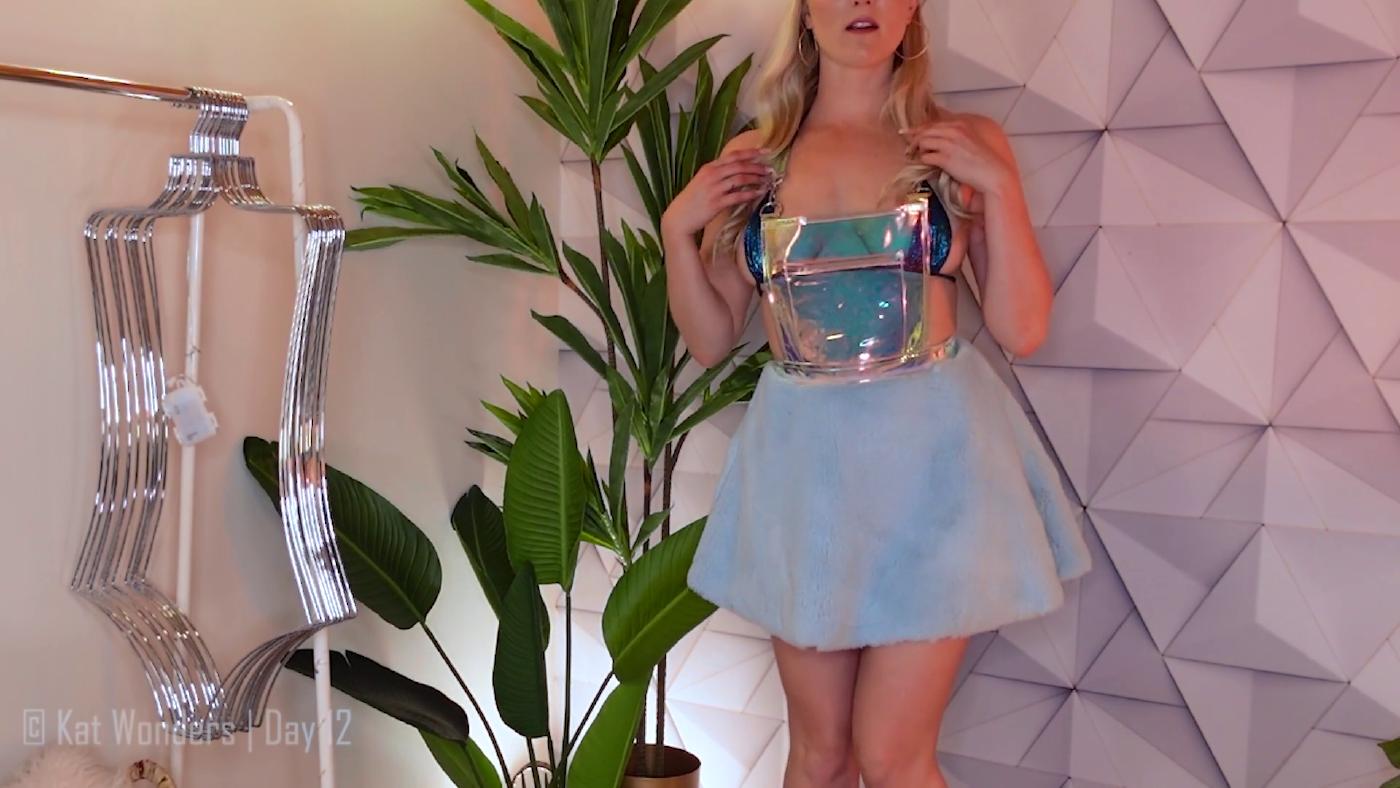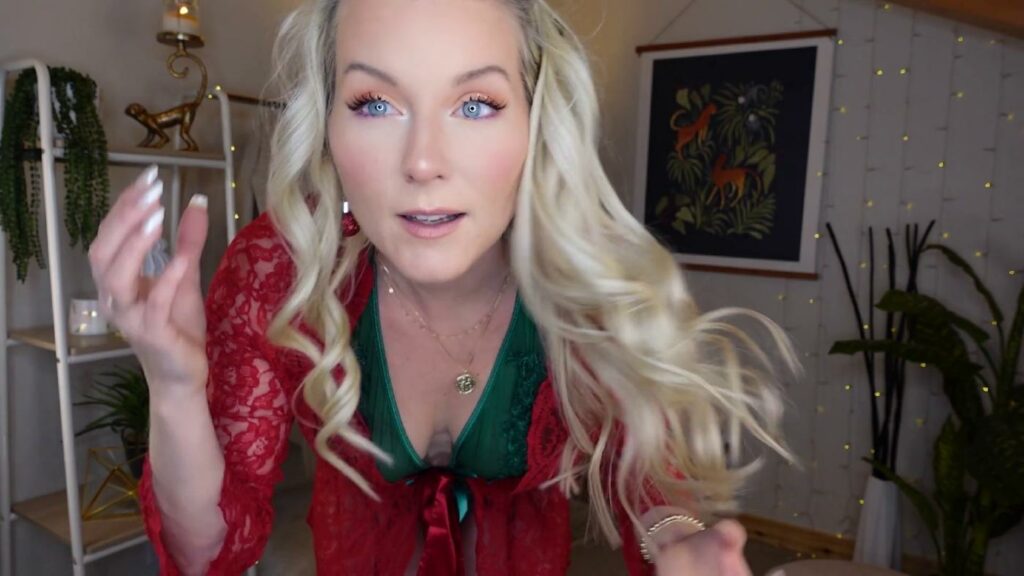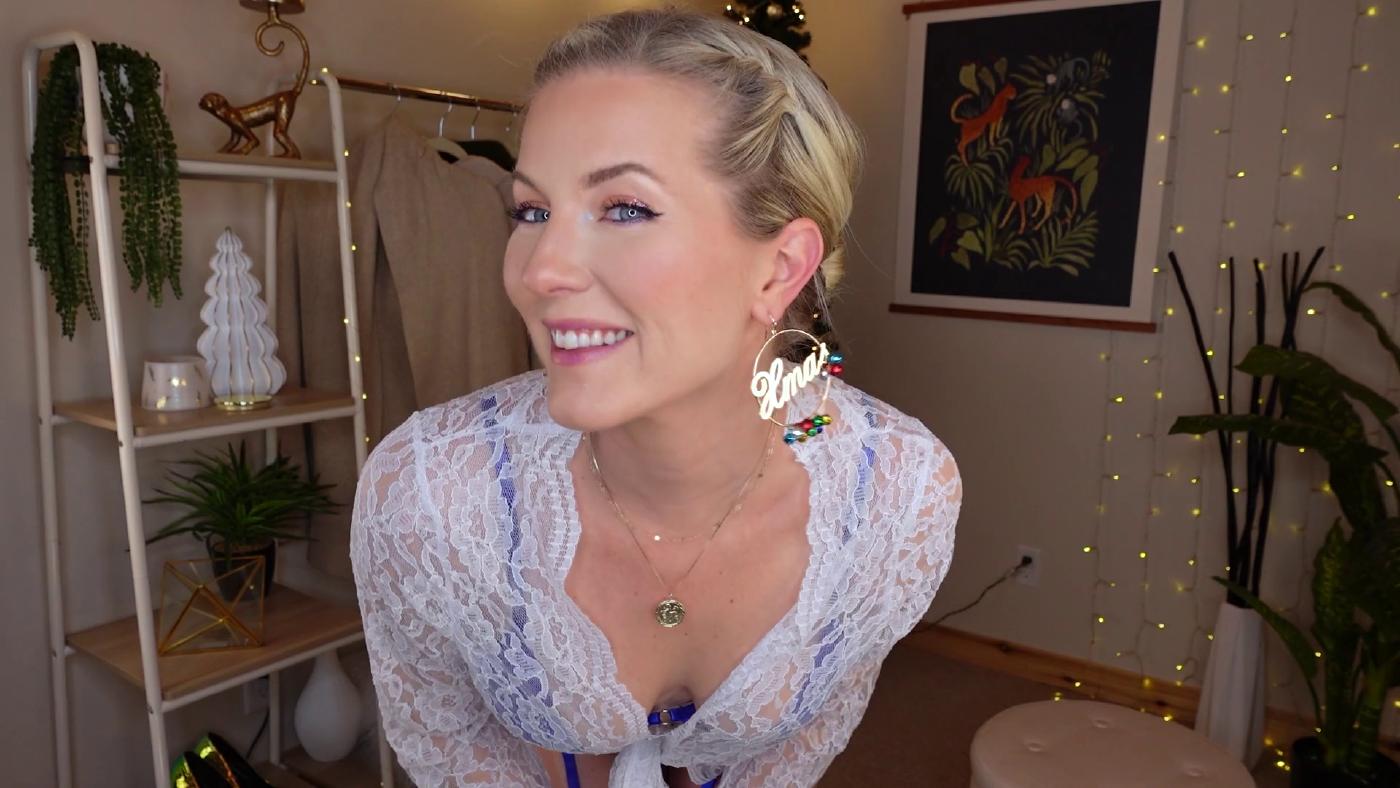When Digital Fame Goes Wrong: The 'Influencers Gone Wild' Phenomenon
In an era where digital influence holds unprecedented power, the lines between authentic content and sensational spectacle have become increasingly blurred. We've all witnessed the meteoric rise of social media stars, transforming from everyday individuals into digital celebrities with millions of followers across platforms like TikTok, Instagram, YouTube, and Twitter. This rapid ascent to fame, however, often comes with immense pressure to maintain relevance, engagement, and that coveted advertising revenue. This intense environment has given birth to a fascinating, yet often troubling, trend: "influencers gone wild."
This phenomenon refers to those moments when internet personalities push boundaries, spark controversy, and sometimes even engage in outright scandalous or unethical behavior in their relentless pursuit of virality. It's a reflection of the unpredictable nature of social media and the significant power influencers wield in shaping digital culture. While these moments can certainly entertain, shock, and sometimes outrage, they also reveal a darker side of digital fame, exposing the true cost of viral success and raising critical questions about ethics, accountability, and the very fabric of our online interactions.
Table of Contents
- Understanding "Influencers Gone Wild": A Digital Phenomenon
- The Allure and Pressure of Digital Fame
- Exposing the Dark Side: Controversies, Scams, and Unethical Practices
- The Psychological Toll: Why Influencers Go Wild
- Navigating the Wild Terrain: Brand Fallout and Accountability
- The Role of Platforms and Communities in the "Gone Wild" Trend
- Real-World Implications: Beyond the Screen
- Moving Forward: Fostering Responsible Digital Influence
Understanding "Influencers Gone Wild": A Digital Phenomenon
The term "influencers gone wild" has become a pervasive catchphrase across the internet, encapsulating the dramatic and often shocking behavior exhibited by content creators. At its core, it refers to moments when internet personalities push boundaries, spark controversy, and engage in actions that deviate significantly from expected norms, often in a bid to capture or retain audience attention. This isn't merely about making a mistake; it's about a pattern of behavior driven by the intense pressures of the digital spotlight. Every day, we see social media stars pushing boundaries for likes, shares, and that sweet advertising revenue that fuels their careers.
The phenomenon isn't new, but its visibility has amplified exponentially with the growth of social media. What started as individual missteps has evolved into a recognizable trend, prompting discussions about the ethics of content creation and the responsibilities that come with digital fame. It’s a stark reminder that while influencers are now considered celebrities in the digital age, their actions, both on and off-screen, carry significant weight and can have far-reaching consequences. The wild world of digital fame, particularly when influencers go wild, has indeed become the talk of the internet, prompting many to "check what is going on" behind the curated feeds.
- Actress Melissa Mcbride
- Skarsgard Family
- Mildred Baena
- Sophie Rain Height
- Lola Consuelos Theyoungestyung Latest
The Allure and Pressure of Digital Fame
The world of influencers has grown exponentially over the last decade, with social media personalities amassing millions of followers and redefining the boundaries of fame. The allure is undeniable: the promise of creative freedom, financial independence, and a direct connection with a global audience. However, this glittering facade often hides an immense and relentless pressure cooker. To maintain a massive following, content creators are constantly expected to innovate, entertain, and deliver. The algorithms demand consistency, and the audience craves novelty.
This relentless demand for engagement often pushes influencers to extreme lengths. The constant need to stand out in a crowded digital landscape can lead to increasingly outrageous stunts, controversial statements, or ethically questionable content. The fear of becoming irrelevant, of losing followers, or of seeing their engagement numbers dwindle, can be a powerful motivator for these individuals to go beyond all limits just to grab their followers’ attention. This intense pressure to perform and to constantly one-up previous content often serves as a significant catalyst for the "influencers gone wild" trend, where the pursuit of virality overrides sound judgment and ethical considerations.
Exposing the Dark Side: Controversies, Scams, and Unethical Practices
The "influencers gone wild" phenomenon, at its most problematic, exposes the dark side of social media in the modern era. While many influencers operate with integrity, a significant portion of the "gone wild" narrative revolves around controversies, outright scams, and deeply unethical practices. These incidents not only damage the individual influencer's reputation but also erode public trust in the entire influencer marketing industry. From promoting fraudulent products to staging elaborate hoaxes for views, the spectrum of questionable behavior is vast and concerning.
Viral Scandals and Public Outcry
Viral scandals are perhaps the most visible manifestation of influencers gone wild. These are moments where an influencer's actions, often captured and amplified across platforms, ignite widespread public outrage. Examples range from influencers disrespecting cultural sites, engaging in public harassment, or making deeply offensive remarks. The rapid dissemination of content means that a single misstep can quickly spiral into a global scandal, leading to immediate backlash from audiences, fellow creators, and even mainstream media. These incidents serve as cautionary tales, demonstrating how quickly digital fame can turn into infamy when ethical boundaries are crossed. The impact on mental health for those involved can be severe, as they face an onslaught of criticism and hate, often unprepared for the intensity of public scrutiny.
The Anatomy of an Influencer Scam
Beyond controversial behavior, a more insidious aspect of the "gone wild" trend involves scams and deceptive practices. These can include promoting non-existent products, endorsing pyramid schemes, or participating in pump-and-dump cryptocurrency schemes. The trust that followers place in their favorite influencers makes them particularly vulnerable to such exploitative tactics. Influencers, leveraging their perceived authenticity and connection, can convince large numbers of people to invest in or purchase dubious offerings. The Fyre Festival debacle, though not solely an influencer scam, stands as a prime example of how celebrity endorsement and influencer hype can contribute to massive financial losses and public disillusionment. These cases highlight the urgent need for greater transparency and accountability within the digital marketing sphere, especially when money or personal well-being is at stake for the audience.
The Psychological Toll: Why Influencers Go Wild
Understanding why influencers go wild requires delving into the psychological causes that underpin their behavior. The constant pressure to maintain a massive following, coupled with the dopamine rush of likes and shares, can create a distorted reality. Influencers live in a perpetual performance state, where their self-worth often becomes intrinsically linked to their digital metrics. This environment can foster narcissism, a lack of empathy, and a skewed perception of consequences, as the immediate gratification of viral attention overshadows long-term repercussions.
The blurring of personal and professional lives also takes a significant toll. Influencers are expected to share intimate details of their lives, creating a parasocial relationship with their audience. However, this constant exposure can lead to burnout, anxiety, and depression. When faced with declining engagement or public criticism, some influencers might resort to extreme measures, including fabricating drama or engaging in risky behavior, simply to reignite their fading relevance. This desperate scramble for attention can push individuals past their breaking point, leading to decisions that are detrimental to their reputation and mental well-being.
The Pursuit of Virality and Its Consequences
The pursuit of virality is a powerful motivator in the digital age. A viral moment can catapult an influencer from obscurity to global recognition overnight, opening doors to lucrative brand deals and unprecedented fame. However, this pursuit often comes at a steep price. The pressure to "go viral" can lead influencers to prioritize shock value over substance, ethics, or even legality. They might engage in increasingly provocative or dangerous stunts, believing that any attention, even negative attention, is good attention. This mindset, however, can have devastating consequences, including significant brand fallout, legal troubles, and severe damage to their personal and professional reputation.
Moreover, the constant chase for the next viral hit can lead to a cycle of escalating behavior. What was shocking yesterday becomes mundane today, forcing influencers to push boundaries even further. This unsustainable model contributes directly to the "influencers gone wild" phenomenon, showing the true cost of viral fame. It impacts not only the influencer's mental health but also the perception of authenticity and trustworthiness in the broader digital landscape, as audiences become increasingly skeptical of content created solely for shock value.
Navigating the Wild Terrain: Brand Fallout and Accountability
When influencers go wild, the repercussions extend far beyond their personal reputation. Brands that have partnered with these individuals often face immediate and severe brand fallout. In today's hyper-connected world, consumers are quick to hold brands accountable for the actions of their ambassadors. A controversial statement or scandalous behavior by an influencer can lead to widespread boycotts, negative publicity, and a significant erosion of consumer trust for the associated brand. This forces companies to swiftly distance themselves, terminate contracts, and issue public apologies, often at considerable financial and reputational cost.
The wild side of influencer behavior contributes significantly to ongoing conversations about accountability and professionalism in the digital space. As the industry matures, there's a growing demand for clearer ethical guidelines and stricter enforcement. Brands are becoming more cautious in their selection process, prioritizing influencers with a proven track record of responsible behavior and alignment with their values. This shift emphasizes that while reach is important, integrity and reliability are paramount. Influencer marketing agencies are also stepping up, offering brand management services and emphasizing due diligence, aiming to mitigate the risks associated with the unpredictable nature of digital fame. The industry is slowly but surely learning that the "wild" moments, while attention-grabbing, are ultimately detrimental to long-term success and credibility.
The Role of Platforms and Communities in the "Gone Wild" Trend
Social media platforms themselves play a complex and often contradictory role in the "influencers gone wild" trend. On one hand, they provide the infrastructure for content creation and dissemination, enabling individuals to build massive followings. On the other hand, their algorithms often inadvertently incentivize sensationalism and controversy. Content that generates high engagement—be it positive or negative—tends to be amplified, pushing it into more users' feeds. This algorithmic bias can create a feedback loop where extreme behavior is rewarded with increased visibility, inadvertently fueling the "gone wild" phenomenon.
Moreover, the rise of dedicated online communities and platforms that aggregate and share controversial or scandalous content involving influencers across social media platforms further exacerbates the issue. These communities, often found on platforms like Reddit (e.g., r/influencersinthewild, r/eaudejerks, r/hiphopgonewild) or specific Instagram accounts, thrive on documenting and discussing influencer missteps. They act as informal watchdogs, but also as amplifiers, ensuring that no controversial moment goes unnoticed. While some aim to hold influencers accountable, others revel in the drama, creating a constant stream of content around the "wild" antics of digital personalities. This collective fascination with the downfall or outrageous behavior of influencers contributes to the pervasive nature of the trend, making it seem like the "influencers gone wild" trend is everywhere.
Aggregating Controversy: The Rise of "Gone Wild" Accounts
The existence of accounts like the Instagram account 'Influencers in the Wild' is brimming with examples of content creators doing the most for content’s sake, often embarrassing themselves in the process. These platforms serve as a repository of digital faux pas, capturing influencers in compromising or outrageous situations, often without their direct consent or awareness. Such aggregation platforms highlight the public's fascination with the unscripted, often chaotic, reality behind the polished influencer facade. They are a testament to the fact that while influencers curate their image, the internet's collective eye is always watching, ready to expose moments where personalities push boundaries and spark controversy. This constant scrutiny, combined with the ease of content sharing, means that any "wild" moment can quickly become a widely circulated meme or news story, further solidifying the trend in public consciousness.
Real-World Implications: Beyond the Screen
The "influencers gone wild" trend has real-world implications that extend far beyond the digital realm. It shapes societal perceptions, influences consumer behavior, and raises critical questions about fame, ethics, and accountability in the modern age. When influencers engage in unethical practices or promote harmful content, it can desensitize audiences to problematic behavior, normalize risky stunts, and even encourage impressionable followers to emulate dangerous actions. This is particularly concerning for younger audiences who may lack the critical thinking skills to discern between authentic content and manufactured drama.
Furthermore, the constant exposure to sensationalized content can contribute to a distorted view of reality, where success is equated with virality at any cost, and ethical considerations take a backseat to entertainment value. This impacts not only individual moral compasses but also the collective digital culture, fostering an environment where shock value often trumps genuine value or positive influence. The trend also highlights the challenges faced by regulatory bodies in keeping pace with the rapidly evolving digital landscape, struggling to implement guidelines that protect consumers and ensure ethical conduct without stifling creativity. Ultimately, the wild side of influencer behavior contributes to ongoing conversations about accountability and professionalism, prompting society to re-evaluate the responsibilities that come with wielding significant digital influence.
Moving Forward: Fostering Responsible Digital Influence
Navigating the wild terrain of digital influence requires a multi-faceted approach. For influencers, it means a greater emphasis on ethical content creation, understanding the long-term impact of their actions, and prioritizing mental well-being over the relentless pursuit of virality. Developing a strong personal brand built on authenticity and integrity, rather than fleeting sensationalism, is key to sustainable success. Education on media literacy and digital ethics is crucial, not just for creators but also for their audiences, enabling them to critically evaluate content and identify manipulative tactics.
For brands, it necessitates more rigorous vetting processes for influencer partnerships, clear contractual agreements that outline ethical conduct, and a willingness to disengage from relationships that jeopardize brand values. The focus should shift from merely chasing reach to building genuine, value-aligned partnerships. Social media platforms, too, bear a significant responsibility to refine their algorithms to promote quality content over controversy, implement clearer guidelines for acceptable behavior, and enforce consequences for violations. While the allure of "influencers gone wild" may continue to capture headlines, fostering a culture of responsible digital influence is paramount for the health of the online ecosystem and the well-being of its participants. Let's engage in this ongoing conversation, share insights, and collectively work towards a more ethical and impactful digital future.
- Sophie Rain Height
- Harold Ford Jr Salary On The Five
- Brian Tyree Henry Married
- Mildred Baena
- Emily Elizabeth

Influence Gone Wild Rs ! Vlogmas Day 12 Youtube

When Influencers Gone Wild: A Deep Dive Into The Wild Side Of Social

Influencer Gonewild Unleashing The Wild Side Uence 's Tantalizing